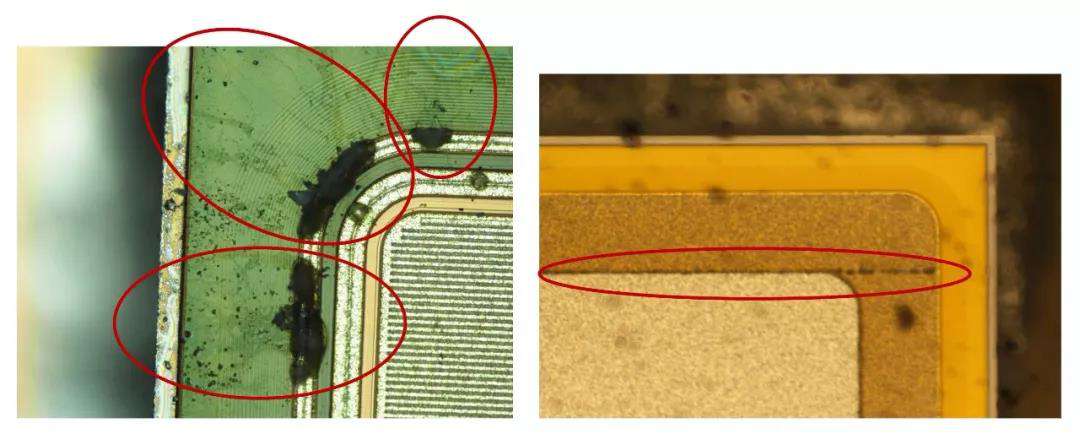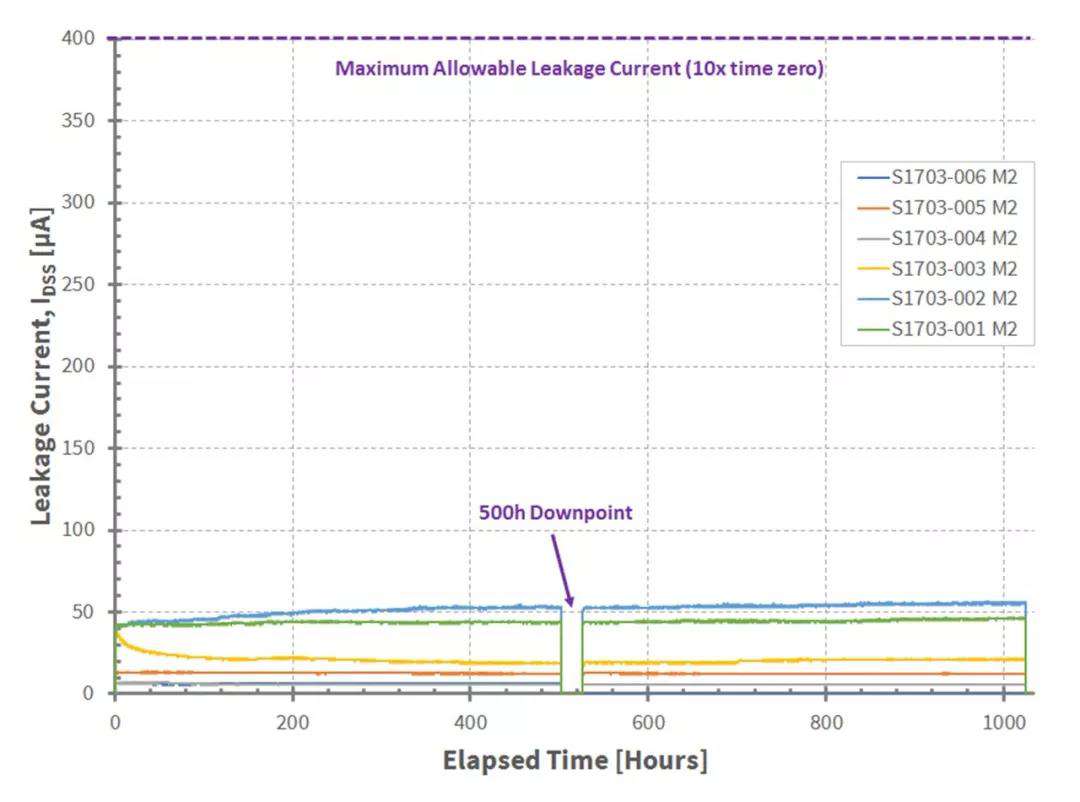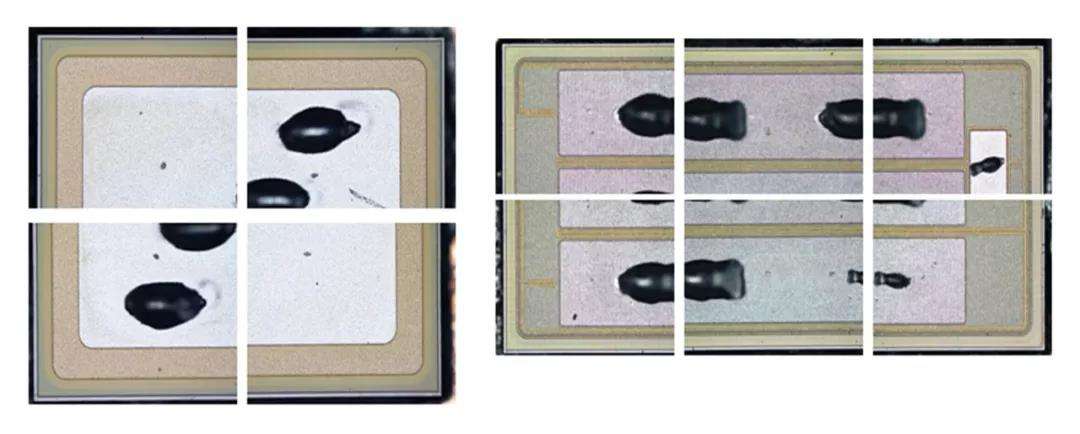SiC power devices have become viable alternatives to Si power devices in high efficiency, high voltage and high frequency power conversion applications. As expected for superior material properties, SiC power devices have achieved high performance system applications with the highest efficiency standards without any compromise to reliability. Wolfspeed (Cree, Inc.)'s SiC diodes have been used in many applications for more than 10 years, and the device has accumulated more than 2 megahours of operation in major industry (indoor) applications, with an average of less than 1 in 1 billion hours. malfunction. In recent years, outdoor applications such as renewable energy and transportation have demonstrated the need for SiC power devices to achieve optimization goals in terms of system size, weight, efficiency and cost. SiC power devices have achieved cost-performance expectations, but outdoor field applications challenge the operation of high-humidity conditions in all semiconductor devices.
Humidity problem
The effects of humidity under bias are a long-standing problem for all electronic products. Semiconductors such as conventional Si power devices introduce higher voltages on their exposed chip surfaces, adding complexity, while materials and active regions are very sensitive to degradation due to increased humidity. The ultimate failure mode is accompanied by electrochemical migration and extended corrosion. Loss of high voltage blocking capability caused by typical failure mechanisms such as flow ions [1]. Because of the catalytic effects of large-scale electric fields, the challenges faced by these Si power devices are exacerbated with the use of SiC, further stimulating the emergence of these failure mechanisms (Figure 1). Wolfspeed engineers have invested significant time and resources in researching these previously occurring semiconductor failure mechanisms to develop processes and designs that support the new W-Series power module products.

Figure 1. Bare chip surface after higher voltage loading
New certification test standard
The JEDEC standard for industrial module certification testing has been the use of high humidity, high temperature reverse bias test (H3TRB), which is the temperature and humidity bias test (THB), the test in the relative humidity of 85% and ambient temperature of 85 ° C environmental test In the box.
The test sample was placed in a test chamber for 1000 hours at 100 V bias. The parameters of all test samples were kept within the specification and the parameter drift was minimal (20% of the voltage test specification, 1000 of the leakage current test specification). %) is passed the test [2]. Since the voltage applied to devices in outdoor applications is much higher than 100 V, the H3TRB test is considered to be ineffective for outdoor applications.
The researchers designed a new humidity test for Si power devices, the high-voltage, high-humidity, high-temperature reverse bias test (HV-H3TRB), which increases the bias voltage to the maximum use condition of 80% of the rated blocking voltage, so Also known as the THB-80 test. For example, a 1200 V device was previously tested at only 100 V, while in the HV-H3TRB test it was tested at 960 V. The Si power device has been successfully operated in the field under high humidity conditions and passed the 1000-hour HV-H3TRB certification test, which eventually failed more than 2000 hours. As shown in Figure 2, the 1200V/300A half-bridge power module WAS300M12BM2 in the Wolfspeed 62mm package is the first full SiC power module to meet this new reliability standard.

Figure 2. The first full SiC power module that meets the new reliability standards
Full SiC power module for harsh environments
The WAS300M12BM2 consists of Wolfspeed's new MOSFET (CPM2-1200-0025A) and 5th generation Schottky diodes that meet harsh environmental standards at the chip level. During the bare chip certification process, 25 sets of test samples randomly selected from 3 different assembly batches (75 MOSFETs and 75 Schottky diodes) passed the HV-H3TRB test, which was statistically significant and continuous. Run reproducibility. The WAS300M12BM2 for harsh environments has the same electrical performance as the existing industrial grade module CAS300M12BM2, with on-state resistance as low as 4.2 mΩ and 20% of the latest IGBT modules with switching losses less than the same specifications. The module is constructed using a highly thermally conductive aluminum nitride substrate and an optimized assembly process to meet the thermal cycling and power cycling requirements of industrial applications.
Six WAS300M12BM2 were randomly selected for HV-H3TRB testing. At the end of each 500-hour test iteration, all test samples were taken from the test chamber and tested for electrical stability and data compliance. One module was destroyed after the 500 hour and 1000 hour tests, respectively, for visual testing to confirm any potential defects that could lead to early failure of the module.
In addition to the normal monitoring of the HV-H3TRB test conditions, each test sample also monitors its respective leakage current (IDSS), which is considered to be a precursor to failure. As shown in Figure 3, in the entire 1000-hour certification test, all test samples have a stable IDSS waveform, and electrical test confirmed that the module voltage drift <5% and leakage current drift <50%, all allowed in the JEDEC standard. Within the scope.

Figure 3. Monitoring module leakage current
The original chip surface visual test results for the two modules that failed at 500 hours and 1000 hours, respectively, are shown in Figure 4. This result is comparable to the unstressed portion. High-power microscopy results confirmed no signs of failure such as oxidation and electrochemical migration. The remaining 4 unopened modules continue the HV-H3TRB test and have not failed after more than 2,000 hours of testing.

Figure 4. Failure of the module after 500 hours and 1000 hours of testing, respectively
Original chip surface visual test results
in conclusion
Wolfspeed's new WAS300M12BM2 power module delivers excellent performance under high humidity conditions. This is the first long-life service proven by the HV-H3TRB test, and no potential defects have been found in post-stress physical analysis. Full SiC power devices for harsh environments, these results open the door for Wolfspeed W Series SiC power modules for use in outdoor power conversion applications such as renewable energy and transportation.
Editor: Yan Zhixiang
Puff Bar,Puff Bar Vape,Disposable Vape Puff Bar,Vape Pen Puff Bar
Nanning Nuoxin Technology Co., LTD , https://www.nx-vapes.com
![<?echo $_SERVER['SERVER_NAME'];?>](/template/twentyseventeen/skin/images/header.jpg)